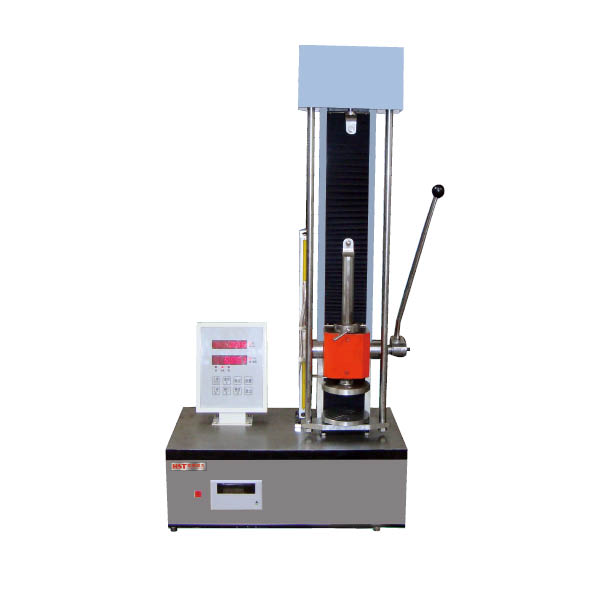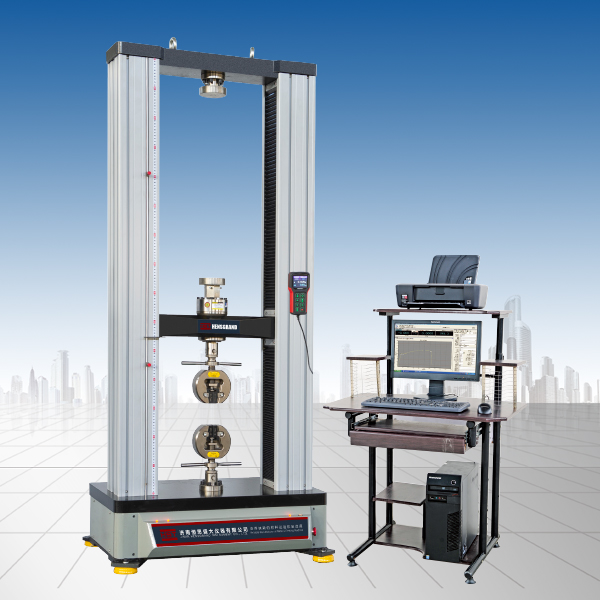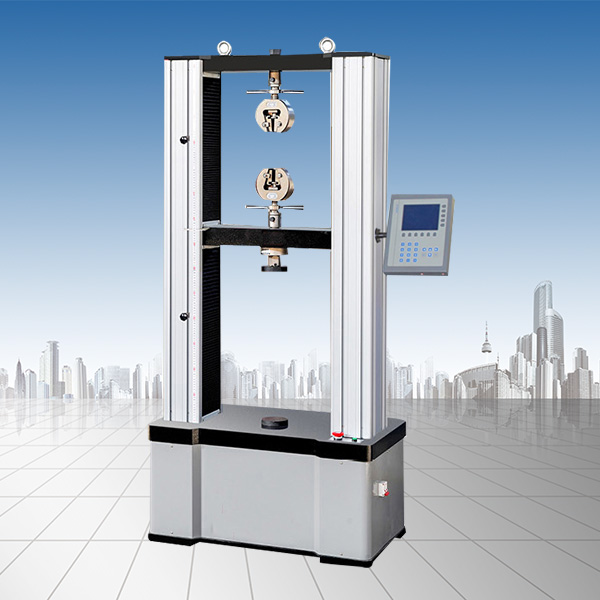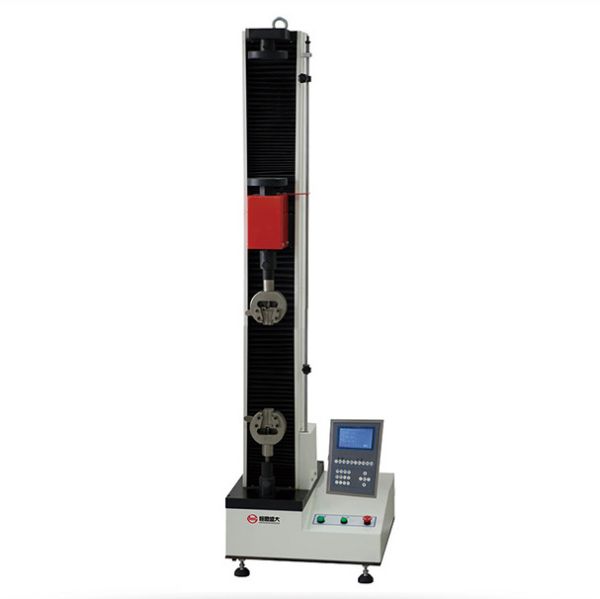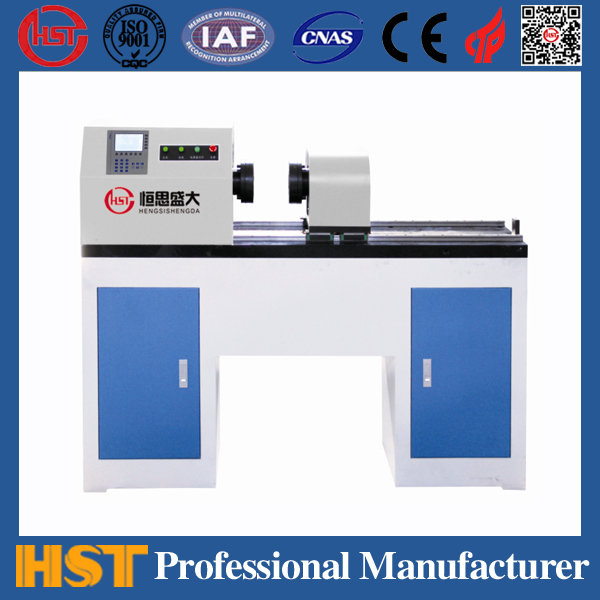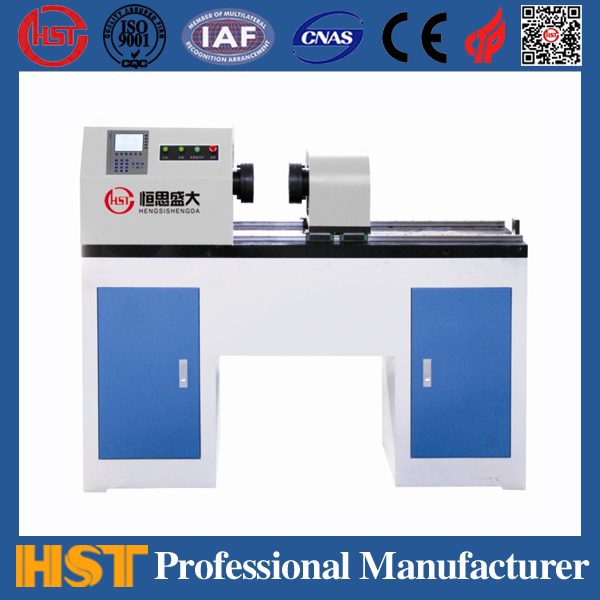Industry Information
Fatigue phenomenon of metal materials
Release time:2018-11-23 source:Jinan Hengsi Shanda Instrument Co., Ltd. Browse:
The fatigue phenomenon of metal materials can be divided into the following types according to different conditions:
(1) High cycle fatigue: refers to low stress (working stress is lower than the yield limit of the material, or even below the elasticityUnder conditions such as extreme conditions, fatigue with a stress cycle cycle of more than 100,000. It is a common fatigueLabor destroys. High-period fatigue is generally referred to as fatigue.
(2) Low-period fatigue: refers to high stress (working stress is close to the yield limit of the material) or high strain barsUnder the component, the stress cycle cycle cycle cycle is less than 10000~100000. Due to alternating plastic strains, hereIt plays a major role in the destruction of fatigue, and is therefore also called plastic fatigue or strain fatigue.
(3) Thermal fatigue: refers to the fatigue caused by repeated effects of thermal stress caused by temperature changes.destroy.
(4) Corrosion fatigue: refers to the alternating loads and corrosive media (such as acid, alkali, seawater, and live machine partsThe fatigue damage caused by the combined action of sexual gases, etc.
(5) Contact fatigue: This refers to the contact surface of the machine parts, under the repeated action of contact stress,Pots peel or surface crushing peeling occurs, causing failure and damage to the machine.
Fatigue fracture characteristics of metal materials are:
(1) The load stress is alternating;
(2) The load has a long time to act;
(3) The fracture occurs instantaneously;
(4) Whether it is a plastic material or a brittle material, it is brittle in the fatigue fracture zone.
Therefore, fatigue fracture is a common and dangerous form of fracture in engineering.
- Previous article:Impact test method
- Next article:Why do production enterprises need test machines
Recommended productsPRODUCTS


















